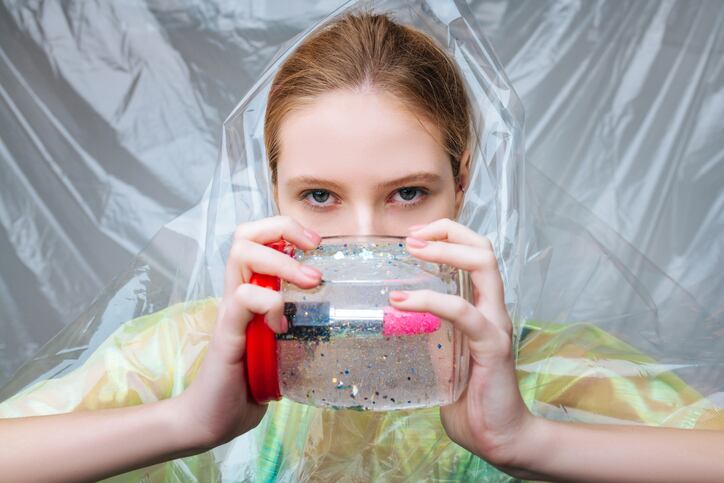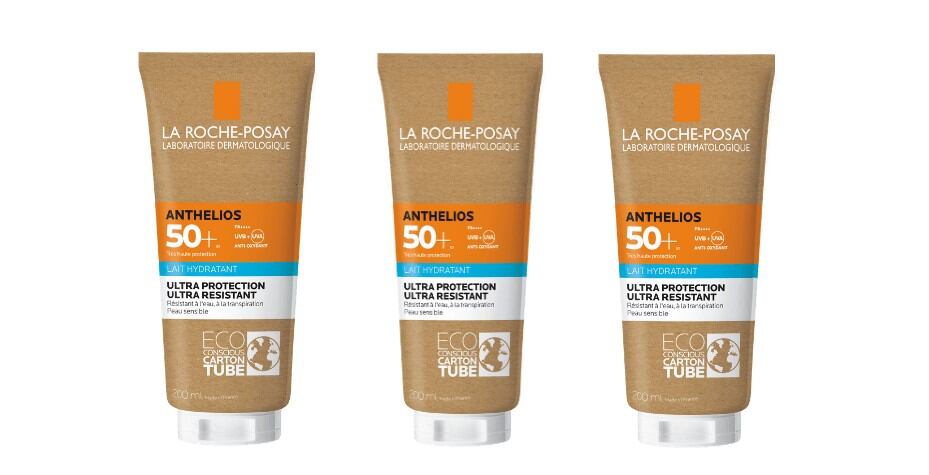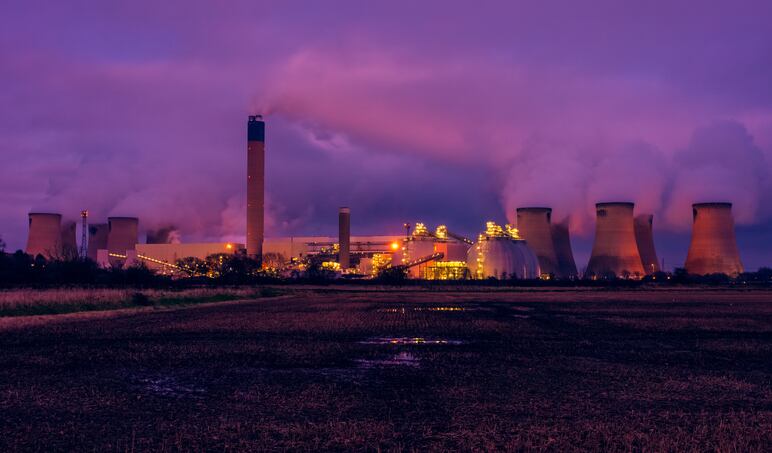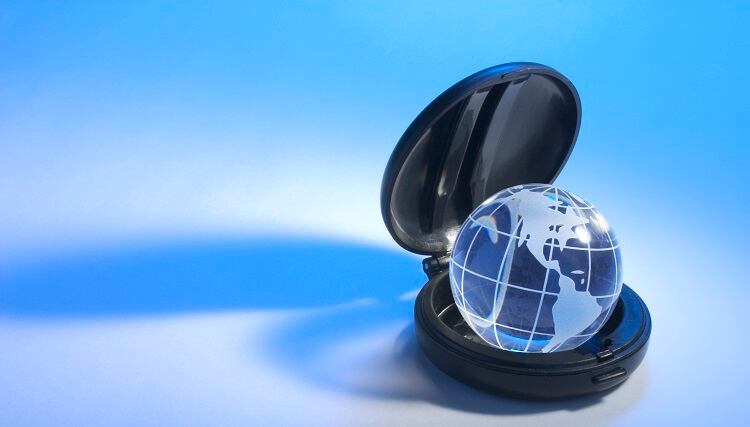In June, this year, international beauty major L’Oréal released full details of its ‘For the Future’ 2030 sustainability plan, initially announced in May. Featuring a plethora of commitments for the next decade, including carbon neutrality and a total switch to recycled or bio-based plastic packaging, L’Oréal pledged €150m to achieving its plan and said it was “entering a new era”.
In the same month, Unilever released its 2030 ‘Sustainable Living’ plan and a pledge to combat climate change and hit zero net emissions across all products by 2039; investing €1bn into a climate and nature fund to do so.
But, as the beauty world continues to grapple with the ensuing challenges associated with COVID-19 – L’Oréal’s global sales sank in the first half of 2020 as a result – how successful can these ten-year sustainability programs be?
A 2030 sustainable beauty ‘race to the top’
CosmeticsDesign-Europe caught up with sustainable design expert Chris Sherwin, director of reboot innovation, to pick apart and take a deeper look at L’Oréal’s 2030 plan.
“In general, there is much to admire about L’Oréal’s ‘For the Future’ program, not least its scope and comprehensiveness,” Sherwin said.
The plan had “ambition”, he said, and was “a real step up for a corporate sustainability program in the beauty sector”. It also made a good job covering two necessary operations – the business and the planet, he said.
Sherwin said it was particularly interesting how in the same month Unilever released its 2030 ‘Sustainable Living’ plan and zero emissions 2039 pledge. “I ask: is this the first signals of a race to the top on sustainability in the beauty, cosmetics and personal care category?”
Both companies had unveiled new ten-year sustainability plans this year, following on from work between 2010-2020. Sherwin noted that the retail world – Walmart, Tesco, M&S, Carrefour, Target and others – had long been working on comprehensive sustainable business plans, starting as early as 2005 and creating a “new wave of corporate leadership for the planet”.
Business operations overhaul – biodiversity and circularity
L’Oréal’s sustainability pledges in its 2030 plan were carved out into three areas: business operations, the wider beauty ecosystem and world challenges – each of great importance, Sherwin said.
On the business operations side, he said it was “particularly pleasing” to see biodiversity impact covered and ingredients sourcing goals outlined, though the definition of circular processes probably needed further explanation.
L’Oréal’s commitment to take responsibility for the impact of its products during the use-phase, especially for rinse-off products, was especially “advanced and ambitious stuff”, he said, particularly given many beauty and personal care products had a “significant environmental footprint” beyond the bottle. Body wash, for example, carried 95% of its carbon footprint in the showering stage, he said.
Such a commitment to help consumers reduce greenhouse gas (GHG) emissions was “really where beauty brands need to go in the next decade”, Sherwin said. “That said, this will be especially challenging as it’s about influencing consumer behaviour, and outside the direct control of L’Oréal – when products are in the hands of consumers, at home.”
Unilever had made a similarly bold pledge for its 2010-2020 sustainable plan, he said – aiming to halve the footprint of products, including consumer usage – and “missed this target by a long way”.
Another interesting commitment from L’Oréal was its goal that all products be eco-designed by 2030, Sherwin said.
“It’s good to see, but I would ask if this is ambitious enough.” The pledge meant products could be eco-designed but not necessarily eco-improved, he said, and the ten-year mark gave developers and brands about seven to eight years of “wiggle room to continue to ignore sustainability in new product development”.
The bigger beauty ecosystem – beyond the factory gates
For L’Oréal, Sherwin said the business ecosystem section of the plan contained some of “the hardest targets to hit”.
“These are the parts of the system that L’Oréal, indeed all businesses, can influence but not control. We call these Scope 3 in my geeky sustainability world – notably the upstream supply chain and downstream consumer behaviour. Unlike factories or offices, L’Oréal does not own these, but its reach is massive and has a huge ability to influence them. The job for the next decade, for L’Oréal and all corporations, is to leverage this influence for wider change beyond the factory gates.”
He said the beauty major’s decision to introduce a product labelling impact system – kickstarting across its Garnier hair care range in France – was “an interesting one”, clearly built on the growing trend for transparency and increased consumer information. But would labelling prove effective in influencing consumer choice? That, he said, was uncertain, particularly if you looked at effectiveness in food and nutrition.
“Consumers report widespread confusion with eco-labels, so another one does risk adding to this already crowded field (…) It will be important for L’Oréal to be uber-transparent on this labelling to avoid destroying trust. In general, own-brand eco-labels are risky and we should, wherever possible, use third-party, independent labels,” Sherwin said.
Whilst the label system used a verified methodology and data set, he said it did risk being viewed as “biased and lacking independence”.
Solving world challenges – completing the sustainability loop
L’Oréal’s efforts to tackle environmental challenges across the globe – with €100m pledged to nature regeneration and circular business model projects – was “great to see”, Sherwin said, and completed the company’s sustainable plan.
“On its own, this section would just be seen as philanthropy and charity, where companies write a cheque to ease their conscience and pay to pollute and don’t make sustainability part of core business. But as a compliment to the above L’Oréal own-business goals and targets, it’s pretty complete,” he said.
Asked if there was more that could be done in L’Oréal’s plan, Sherwin said: “A lot of the sustainable product goals and targets seem to more naturally promote product improvement, rather than more fundamental innovation. I would have liked something in the program to incentivise and/or recognise radical redesign, new business models or completely new-to-the-world brands that have sustainability baked-in from the start.”
All of this, he said, could either be created or acquired by L’Oréal – “that’s where the really interesting work often happens in corporations”.
For the wider beauty market, Sherwin said it would be vital companies started to think about sustainability and sustainable products as “a revenue generator” – looking at sustainability as “money made, not money spent”.
This idea was something Sherwin touched on in Episode 1 of CosmeticsDesign’s recent Clean & Ethical Beauty video series – discussing how there was now “a really strong growth case” for such a focus.




